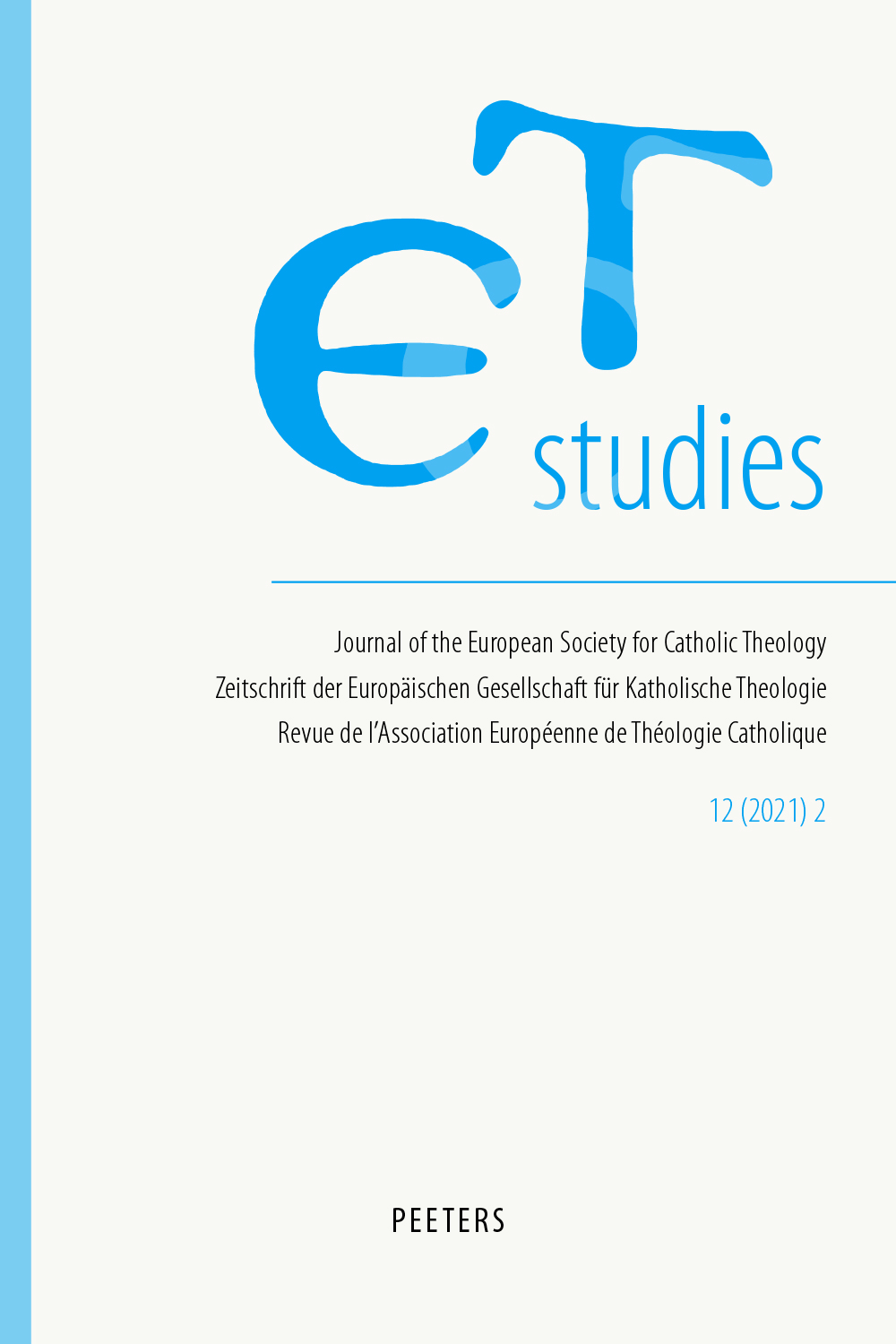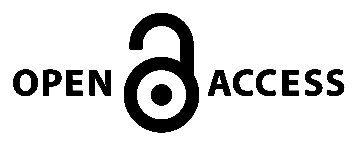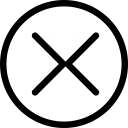 previous article in this issue previous article in this issue | next article in this issue  |

Preview first page |
Document Details : Title: Das Rettende im Fragment? Subtitle: Friedrich Hölderlins Der Einzige, mit Fragen zeitgenössischer Theologie quer-verbunden Author(s): DEIBL, Jakob , TELSER, Andreas Journal: ET-Studies Volume: 16 Issue: 1 Date: 2025 Pages: 113-128 DOI: 10.2143/ETS.16.1.3294237 Abstract : Der Beitrag verlangt optisch-leserisch einiges ab, da sich Texte von zwei Autoren in zwei Spalten aneinanderlegen, die dabei verschieden und doch aufeinander bezogen sind. Wird (buchstäblich!) auf der einen Seite die Frage nach dem, was unsere Wahrnehmung – auch im wissenschaftlichen Arbeiten – bannt, verhandelt, entführt uns die andere Seite in die lyrische Ausdruckskraft von Friedrich Hölderlins Gedicht Der Einzige, um dabei dem Ringen des Dichters nach angemessener Sprache für das Göttliche zuzuhören. Während die aisthesis, auf der einen Seite, zu einem zentralen Merkmal der Spätmoderne avanciert und die Theologie formsensibler gestimmt hat, fragt Hölderlin, auf der anderen Seite und vor dem Plural des Göttlichen, nach Bedeutung und Möglichkeit des Einzigen. Und wenn, einerseits(!) das Fragment theologisch (wieder) ein Hausrecht beansprucht, so fand dies, anderseits(!), bei Hölderlin schon vor mehr als zweihundert Jahren vielfachen Ausdruck. Was im Text zweier Autoren experimenthaft versucht wird, das hat Vorläufer und Vorbilder gestern wie heute. The article demands a lot from the reader visually, as texts by two authors are juxtaposed in two columns, different from and related to each other. While one side (literally!) deals with the question of what binds our perception – in scientific work also –, the other side takes us into the lyrical expressiveness of Friedrich Hölderlin’s poem Der Einzige, in order to listen to the poet’s struggle for an appropriate language for the divine. While aisthesis, on the one hand, has become a central feature of late modernity and has made theology more sensitive to form, Hölderlin, on the other hand, and vis-à-vis the plural of the divine, asks about the meaning and possibility of the unique. And if, on the one hand, the fragment (again) claims theological prominence, on the other hand, this was already expressed in Hölderlin in various ways more than two hundred years ago. What is attempted experimentally here in a text from two authors has precursors and role models both yesterday and today. L’article exige beaucoup visuellement du lecteur, car les textes de deux auteurs sont juxtaposés dans deux colonnes, à la fois différents et liés l’un à l’autre. Alors qu’un côté pose (littéralement!) la question de ce qui contraint notre perception – y compris dans le travail scientifique –, l’autre côté nous emmène dans l’expressivité lyrique du poème Der Einzige de Friedrich Hölderlin, pour écouter la lutte du poète pour un langage approprié au divin. Alors que l’aisthesis, est devenue une caractéristique centrale de la modernité tardive et a rendu la théologie plus sensible à la forme, Hölderlin, lui, face au pluriel du divin, s’interroge sur le sens et la possibilité de l’unique. Et si, d’une part, le fragment revendique (à nouveau) la priorité de la théologie, de l’autre, Hölderlin l’a déjà exprimé, de diverses manières, il y a plus de deux cents ans. Ce qui est tenté ici, à titre expérimental, dans un texte de deux auteurs a des précurseurs et des modèles, d’hier et d’aujourd’hui. |
 |


